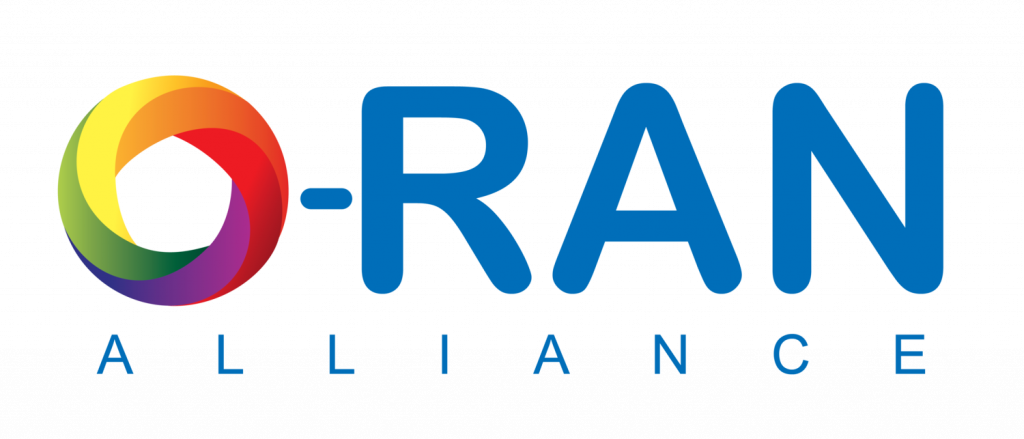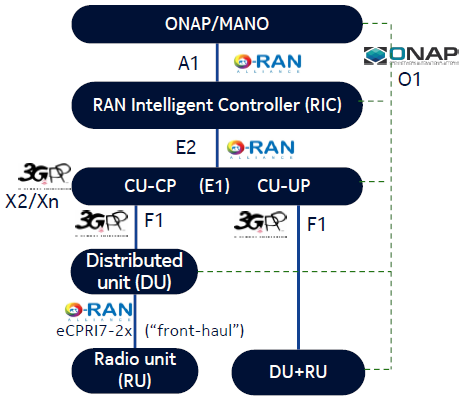The O-RAN Alliance is the main driver of the OpenRAN concept, especially the efforts to standardize interfaces, in addition to the TIP. Founded in 2018 by AT&T, China Mobile, Deutsche Telekom, NTT DOCOMO, and Orange.

The O-RAN Alliance’s goal is to foster the development of reference designs and standards such that current and future RANs can be built with “virtualized network elements, white-box hardware and standardized interfaces that fully embrace O-RAN’s core principles of intelligence and openness.”
The O-RAN Alliance was created by merging the C-RAN Alliance and the xRAN Forum.
Open Interfaces in Mobile Networks
There’re many Open Interfaces that are standardized based on 3GPP and now O-RAN as below:
- Air Interface (3GPP): Open-air interface led to the success of mobile networks since GSM times, between UE and Radio Unit (RU).
- Fronthaul (O-RAN + 3GPP): 5G now brings open interfaces inside radio access network by 3GPP and O-RAN specs, between Radio Unit (RU) and Distributed Unit (DU).
- FI Interface (O-RAN + 3GPP): 5G now brings open interfaces inside radio access network by 3GPP and O-RAN specs, between Distributed Unit (DU) and Centralized Unit (CU).
- Backhaul (3GPP): Open interface between radio and core networks has been true in commercial networks, between Centralized Unit (CU) and Core Network.
O-RAN allows RAN functions and interfaces be selected & deployed independently!
O-RAN Open Interfaces

- O-RAN fronthaul facilitates different suppliers for the RU and DU while optimizing both the cost of fronthaul and RF performance.
- RAN Intelligent Controller (RIC) is a new virtualized function that adds RAN programmability to existing or new RAN networks i.e. SON type functions. The RIC is optional.
- O-RAN defines profiles for 3GPP X2/Xn interface to allow for dual-connectivity (LTE-NR or NR-NR) between different RAN
vendors. - O-RAN defines profiles for the F1 between CU and DU, and E1 between CU-CP and CU-UP. However, multi-vendor can be complex due to the tight coupling of these functions in 3GPP.
Sources: Nokia and O-RAN Alliance
